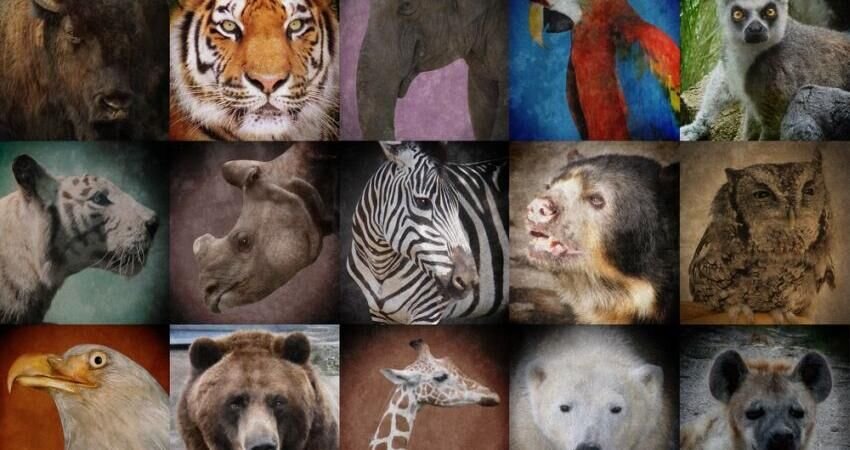Cell bank for endangered species to be set up

TEHRAN – Iran will establish a cell bank for endangered animals to help preserve valuable species in the country.
The Department of Environment and the Academic Center for Education, Culture, and Research signed a memorandum of understanding to launch the cell bank, IRNA reported.
Identifying, protecting, and reviving Iran's endangered animal genetic resources; utilizing human resources, laboratory facilities, workshops, libraries, databases, and biological samples are among the objectives of the agreement.
Establishing a national rapid response network for sampling the genetic resources of endangered wildlife across the country will be also on the agenda.
April 4 has been named the day of preserving genetic and biological resources in Iran. The occasion coincides with the establishment of the National Center for Genetic and Biological Resources in 2015.
To preserve the existing biodiversity over the wide geographic expanse of Iran, four types of areas have been designated for preservation and protection, including, national parks, wildlife refuges, protected areas, and natural national monuments. In 1997, the DOE held supervision over 7,563,983 hectares of such areas.
Currently, the supervised areas reached about 18.5 million hectares, including, 30 national parks, 170 protected areas, 45 wildlife refuges, and 37 national natural monuments.
The country has a high diversity of species due to geographical conditions, climatic diversity, huge water resources of the Caspian Sea in the north and the Persian Gulf, and the Sea of Oman in the south.
According to the latest studies, about 1,300 species of vertebrates, including mammals, birds, reptiles, amphibians, and aquatic fish, about 30,000 species of invertebrates, and 8,000 species of plants have been identified in the country.
Out of 1,300 species of animals in the country, 130 of which are endangered and threatened, Hassan Akbari, deputy head of natural environment and biodiversity of the Department of Environment, said in December 2021.
Unfortunately, over the past two decades, human activities have led to the alarming degradation of ecosystems, and the deletion of genes, species, and biological capabilities; Human threats to biodiversity have accelerated the most over the past 50 years over the entire history of human life.
According to the United Nations, three-quarters of the Earth's environment and about 66 percent of the marine environment have been altered by human activities, and the latest report by the Intergovernmental Science-Policy Platform on Biodiversity and Ecosystem Services (IPBES) states that more than one million species of animals and plants are in danger of extinction.
Currently, more than 41 percent of amphibians, 26 percent of mammals, 21 percent of reptiles, and 13 percent of birds are threatened. The latest statistics indicate that 75 vertebrate species (18 species of mammals, 29 species of birds, 4 species of amphibians, and 16 species of reptiles) are on the International Union for Conservation of Nature Red List.
MG
Leave a Comment